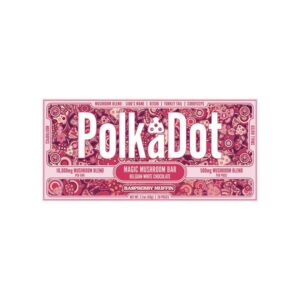
Caterers in South Delhi are the behind-the-scenes magicians who make events memorable by handling everything related to food and beverages. Whether it’s a wedding, corporate lunch, birthday party, or large conference, their job goes far beyond just cooking and serving meals. Here’s a detailed look at the key activities caterers perform to ensure events run smoothly.
The Comprehensive Activities of Caterers
Catering is a multifaceted business that extends far beyond simply preparing and delivering food. Professional caterers are essential event partners whose activities encompass a complex blend of culinary arts, detailed logistics, and high-level customer service.
The primary activities of caterers can be grouped into four core phases:
1. Pre-Event Planning and Consultation
The work begins long before the first ingredient is purchased, focusing on client collaboration and detailed preparation.
Client Consultation and Menu Design: Caterers meet with clients to understand the event’s purpose (wedding, corporate meeting, social party), theme, budget, and guest count. A crucial activity is devising custom menus, which include suggesting dishes, accommodating diverse dietary restrictions (vegetarian, vegan, allergies, religious requirements), and planning courses.
Logistics and Coordination: This involves calculating the exact quantities of food and beverage needed. Caterers plan staffing requirements (chefs, servers, bartenders), map out the kitchen workflow, and coordinate with other vendors, such as the event planner or venue manager.
Sourcing and Procurement: Professional caterers are responsible for sourcing high-quality ingredients, often establishing relationships with local suppliers. This includes managing inventory, ordering specialty items, and ensuring all raw materials are delivered and stored safely.
Contract and Legal Compliance: Drawing up a clear contract that outlines services, costs, and cancellation policies is vital. They also ensure compliance with all health, safety, and hygiene regulations, including proper licensing and insurance.
2. Culinary Production and Preparation
This is the core food-focused activity, often split between off-site preparation and on-site finishing.
Food Preparation: The majority of the cooking, baking, and primary preparation (like chopping vegetables or preparing stocks) takes place in the caterer’s licensed commissary or kitchen.
Quality Control: Strict adherence to recipes, cooking standards, and portion control is maintained to ensure consistency in taste and presentation across large batches.
Specialized Transportation: A key logistical task is the safe transportation of food to the event venue. This requires specialized equipment—thermal containers, hot boxes, and refrigerated units—to maintain critical temperatures and prevent spoilage or contamination en route.
3. On-Site Service and Execution
Once at the venue, the caterer transforms the space and manages the entire dining experience.
Venue Setup and Aesthetics: This goes beyond food. Caterers often handle the setup of dining areas, including tables, chairs, linens, centerpieces, flatware, glassware, and buffet stations, aligning with the client’s vision or theme.
Final Food Preparation: Some dishes are finished or plated on-site to ensure maximum freshness and quality, often utilizing a temporary or venue-provided kitchen space.
Guest Service: The catering staff (servers, runners, and bartenders) provide impeccable service, whether it’s a formal plated dinner, a buffet, or food stations. They manage the timely flow of courses, refill beverages, and attend to guest needs and requests.
Issue Resolution: The on-site team leader or head caterer is responsible for mitigating any immediate food or service issues that arise calmly and professionally.
4. Post-Event Wrap-up
The caterer’s job is not done until the last guest has left and the site is clear.
Breakdown and Cleaning: The team meticulously cleans up the service area, removing all used plates, glassware, utensils, and serving equipment. They manage waste disposal and ensure the venue’s kitchen or prep space is returned to its original condition.
Equipment Retrieval: All catering-owned equipment, from chafing dishes to serving trays, is accounted for, packed, and transported back to the catering facility.
Follow-Up: A final activity often involves a post-event check-in with the client to solicit feedback and ensure satisfaction, which is crucial for building a positive reputation and securing repeat business.
In essence, a caterer functions as a mobile, high-volume restaurant and event logistics manager, tasked with delivering a seamless, delicious, and well-executed dining experience to a client’s chosen location.
Would you like to explore the specific activities of a caterer for a particular type of event, like a wedding or a corporate lunch?


